The Masa Float Test for Tamales
When making Mexican tamales your masa dough needs to pass the masa float test. Read this article to find out what it means, how to get the tamales masa to float and other masa troubleshooting.
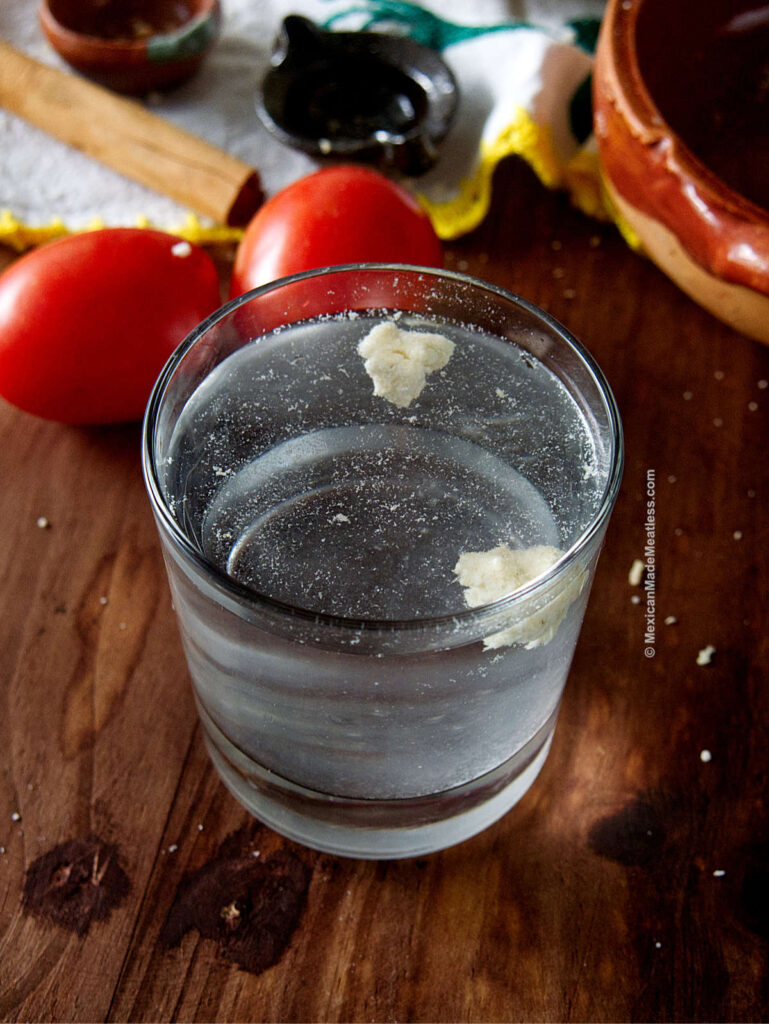
What is The Masa Float Test
The masa float tests is a quick test that is done after preparing masa for tamales to make sure that it’s ready to use.
It’s an important test to do with the tamale dough to ensure that it’s properly prepared and ready to use to make the most delicious homemade Mexican tamales.
After you’ve started hydrating the corn husks, and have the tamales fillings ready to use, then you can move on to making the masa.
I have a masa recipe without lard here on the blog.
In my tamales cookbook I have recipes for tamales masa with oil, one tamale masa with butter and another masa with coconut oil. Make sure to check out the book.
Should Tamale Masa Float
Simply put, yes masa should float.
But don’t worry it’s actually not difficult to achieve. I’m going to give you lots of tips.
Why Does Masa Need to Float
The reason the tamales masa needs to float is that it will ensure that you have light and airy tamales, as opposed to dense ones with a heavier feeling dough.
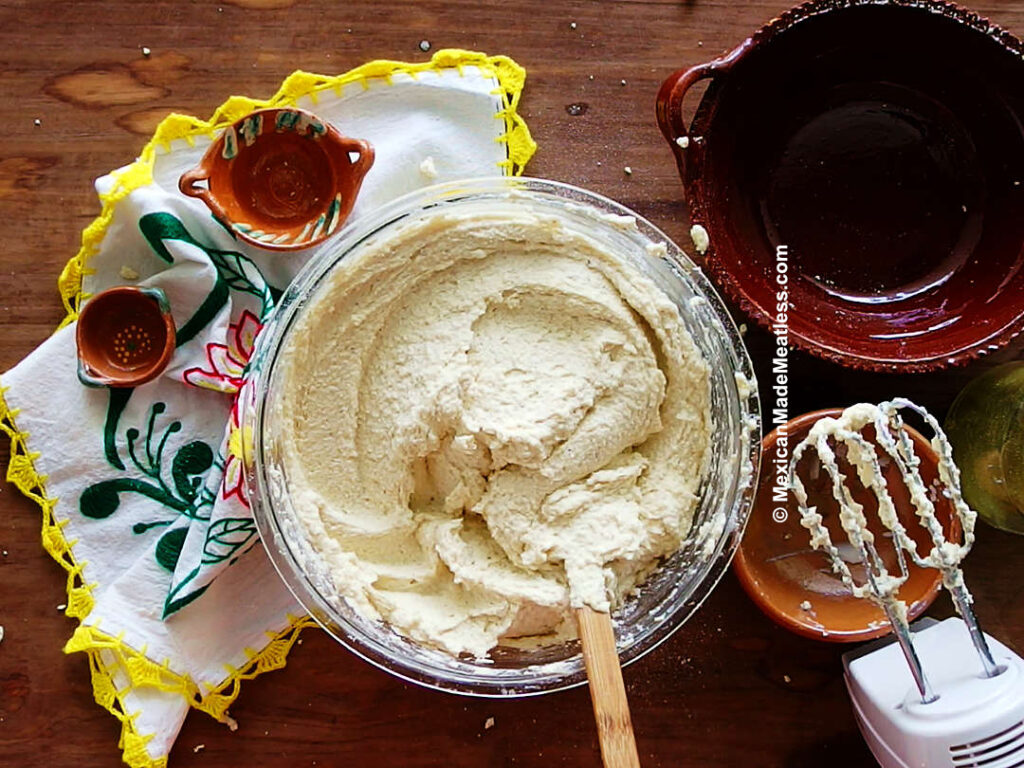
How to Know When Masa is Ready For Tamales
The most traditional Mexican way to mix masa is by hand. It takes a good amount of effort and muscle power — specially when making large quantities of masa.
The masa ingredients of the fresh masa or masa harina are mixed with the lard or shortening, the salt, broth and baking powder. They are mixed and whipped by hand until everything is well incorporated and the masa is airy. The mixes adds air and volume.
Many people nowadays use either a handheld mixer or a stand mixer. Either works great, the only difference is that a stand mixer is more powerful and you can achieve the desired texture quicker.
You’ll know the tamale dough is ready when the ingredients are well incorporated. If you’re using masa harina, it should feel well hydrated and not gritty. The texture will feel light and airy, creamy and spread easily.
Make sure you grab a spoon or spatula and run it through the masa and move it through the top of the dough, it should spread smoothly like the way frosting does.
You can watch my masa making video so you can see a visual of how smooth it should be. Watch here.
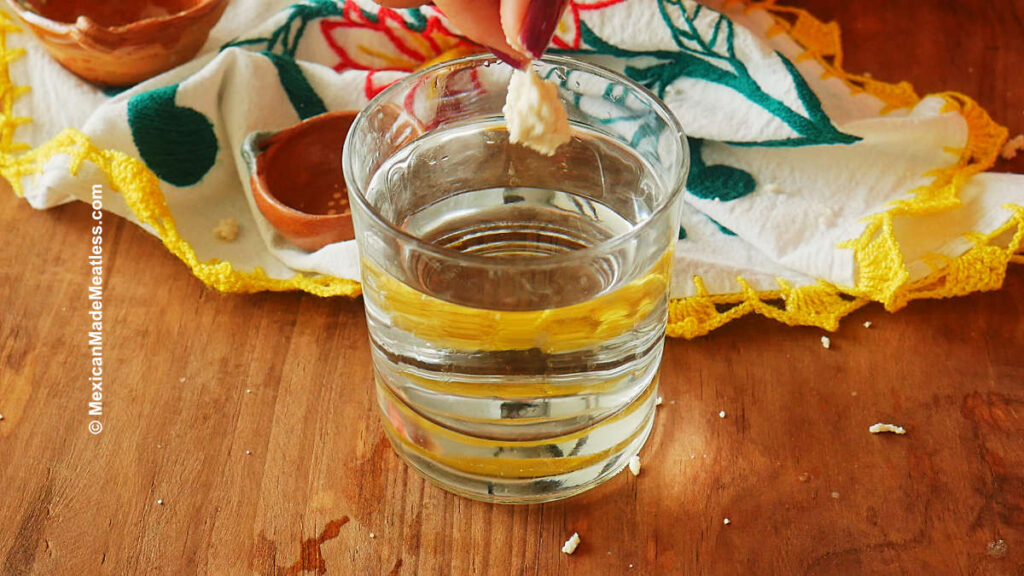
How to Test Masa for Tamales
To test the masa you can grab a small dollop, about 1 teaspoons or so, and drop it into a small cup of warm water.
If the masa is ready it will float right back up to the top within a second or so.
If it doesn’t float then it needs a bit more work. There are a few things you can try to get that masa to float.
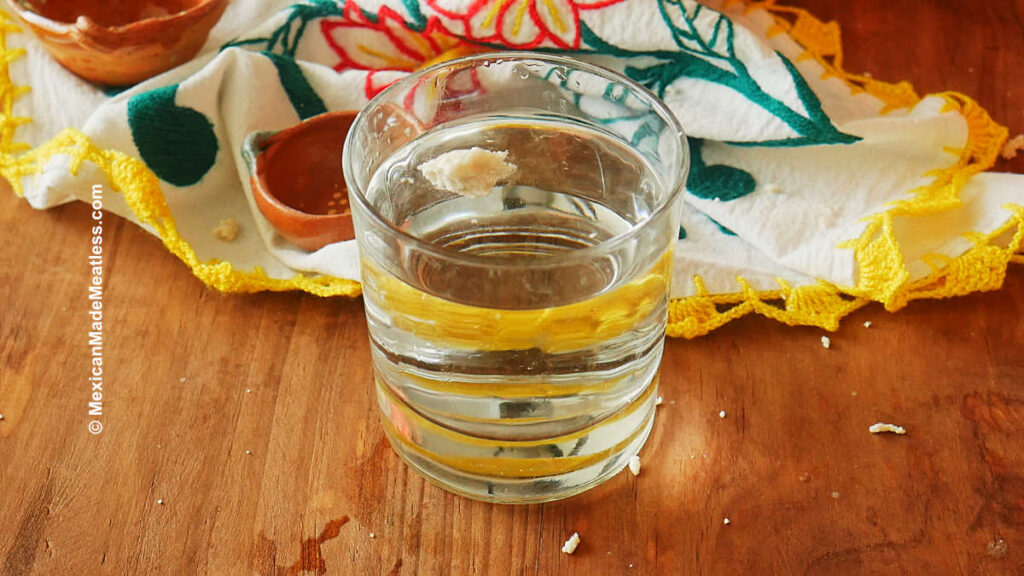
What do You do if Your Tamale Dough Doesn’t Float?
If your whipped tamale dough sinks it could be due to a few reasons.
One thing you really want to make sure to do, before you begin mixing the masa, is test the baking powder. Make sure that you’re not using an expired one. Take ¼ teaspoon and drop it into water. If it’s active it will bubble up, if it’s dead not nothing will happen so you’ll need to buy a new one.
The first one is that it needs more air whipped into it.
The second reason could be that it needs more fat.
The third reason for a sinking masa dough could mean it needs more broth.
The first tamale masa troubleshooting is to check the texture and make sure that the masa is well hydrated. If not try whipping 1/8 of a cup of broth into it before testing again.
Then if it still doesn’t float then you want to whip it longer and at a higher speed. Really try to get that air into it then test again.
Some people will add more fat into the masa and whip before testing. I’m not really a fan of this because I don’t like the tamales to feel greasy from too much fat. If you want to try adding more fat than you can also start with adding 1/8 cup more.
100% of the time when my tamales masa didn’t’ float, continuing to whip it solved the problem. I would suggest you start there before adjusting the broth and fat content.
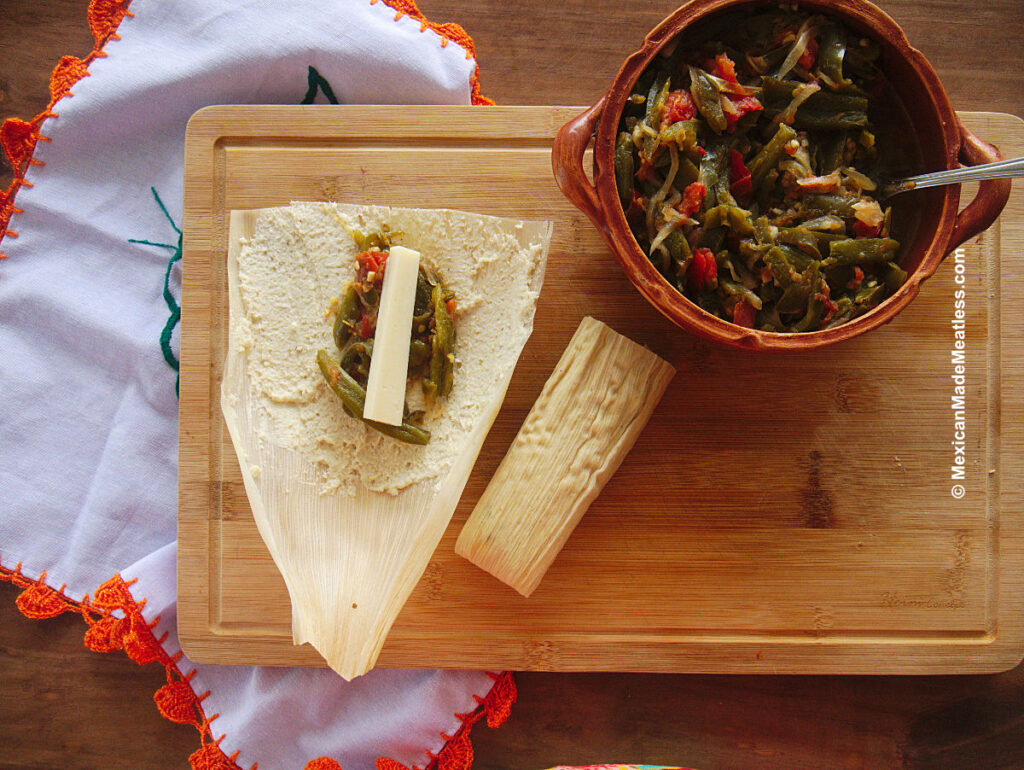
Ready to Make Tamales
Once your masa passes “the float test” then you are ready to begin assembling the tamales.
The next step is to start spreading or filling the corn husks with the masa and your selected fillings.
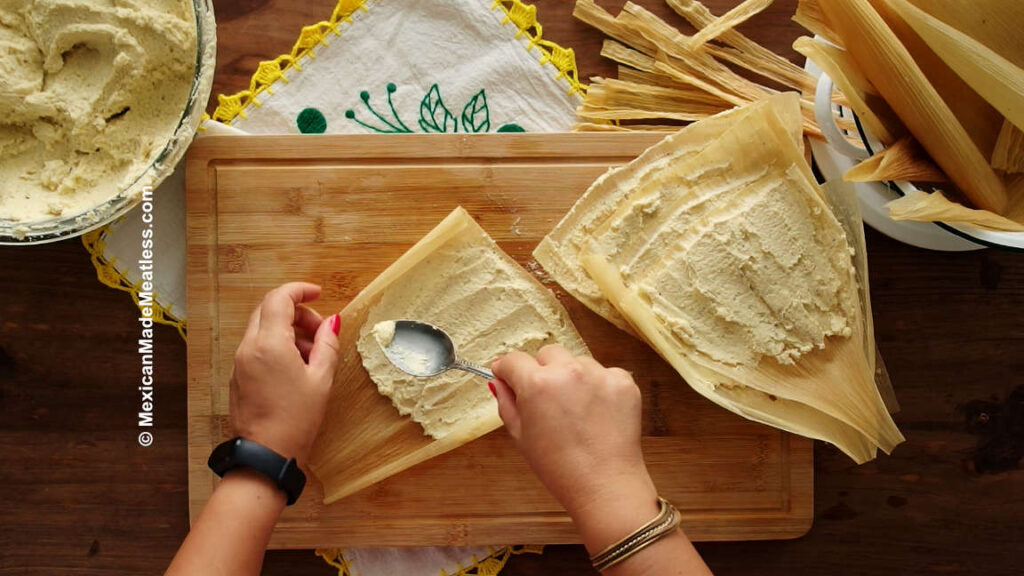
More Tamales Making Tips
Make sure you read through all of the helpful tamales making tips in my series. If I haven’t answered one of your questions don’t hesitate to reach out.
- How to Prepare Corn Husks for Tamales
- Masa For Tamales | No Lard Recipe
- The Masa Float Test for Tamales
- How to Spread Masa on Corn Husks for Tamales
- How to Fold Tamales
- How to Steam Tamales without a Steamer
- How Long Does It Take to Cook Tamales on the Stove?
- How Long do Tamales Last
- How to Store Tamales
- What to Eat with Tamales | 24 Tamales Side Dishes
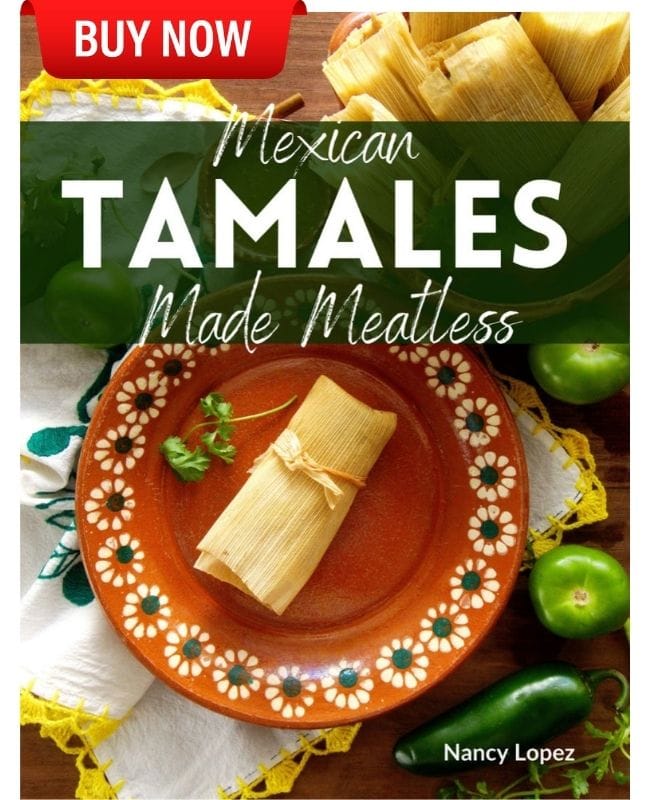
The Masa Float Test for Tamales
Video
Ingredients
- 1 batch masa for tamales
- 1 cup warm water
Instructions
- Prepare the masa according to my recipe instructions. Make sure you grab a spoon or spatula and run it through the masa and move it through the top of the dough, it should spread smoothly like the way frosting does.
- Grab a small dollop, about 1 teaspoons or so, and drop it into a small cup of warm water.If the masa is ready it will float right back up to the top within a second or so.If it doesn’t float then it needs a bit more work. Read the article to get all the tips.
Nutrition
Nancy Lopez is a food blogger and author of the cookbook Mexican Tamales Made Meatless. Born in Mexico, raised in the US, and currently living in Southern Mexico, she has followed a meatless diet for almost 10 years. It is her passion and mission to share all she has learned about vegan Mexican cooking and vegetarian Mexican recipes. Mexican Made Meatless is a blog dedicated to preserving the authentic flavors of Mexican cuisine just without the meat. It’s a place to celebrate Mexican culture and all it’s delightfully delicious traditional foods. Read more…

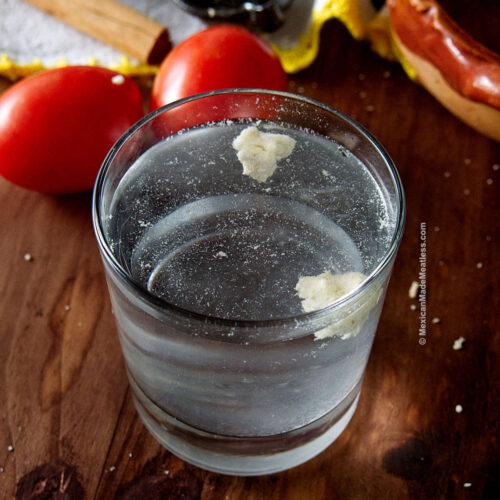
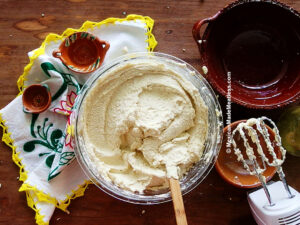
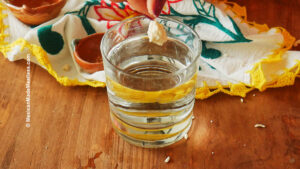
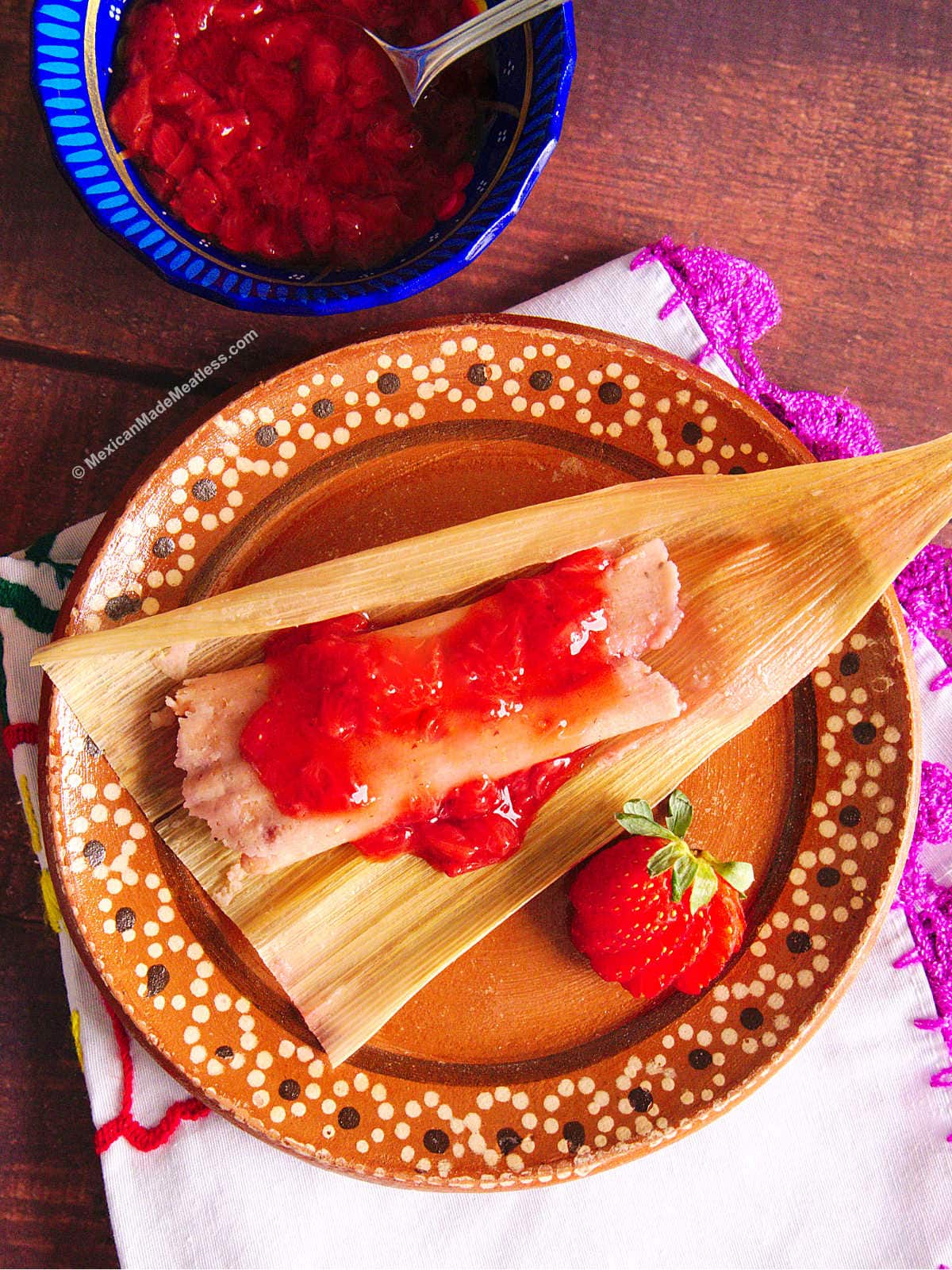
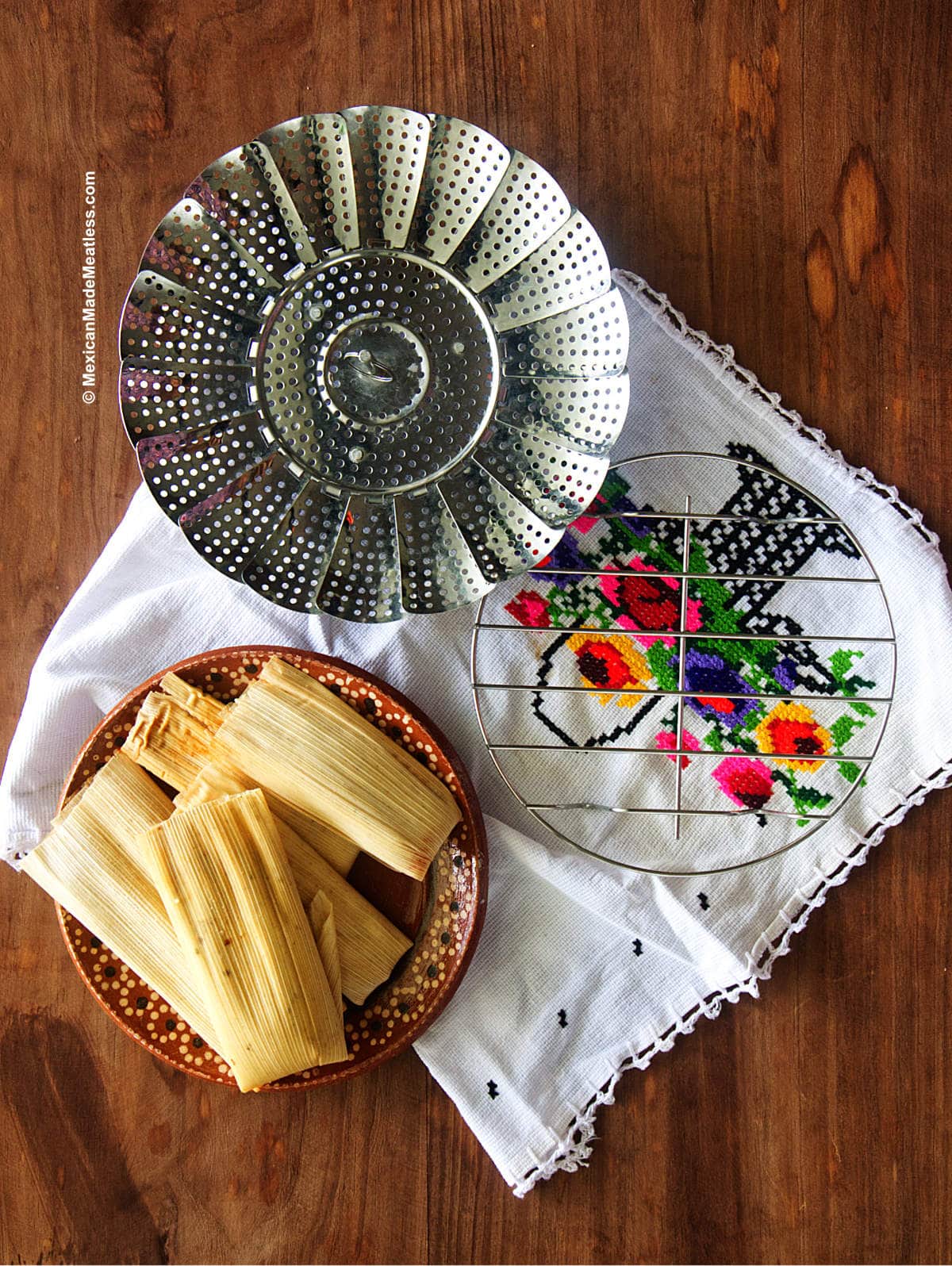
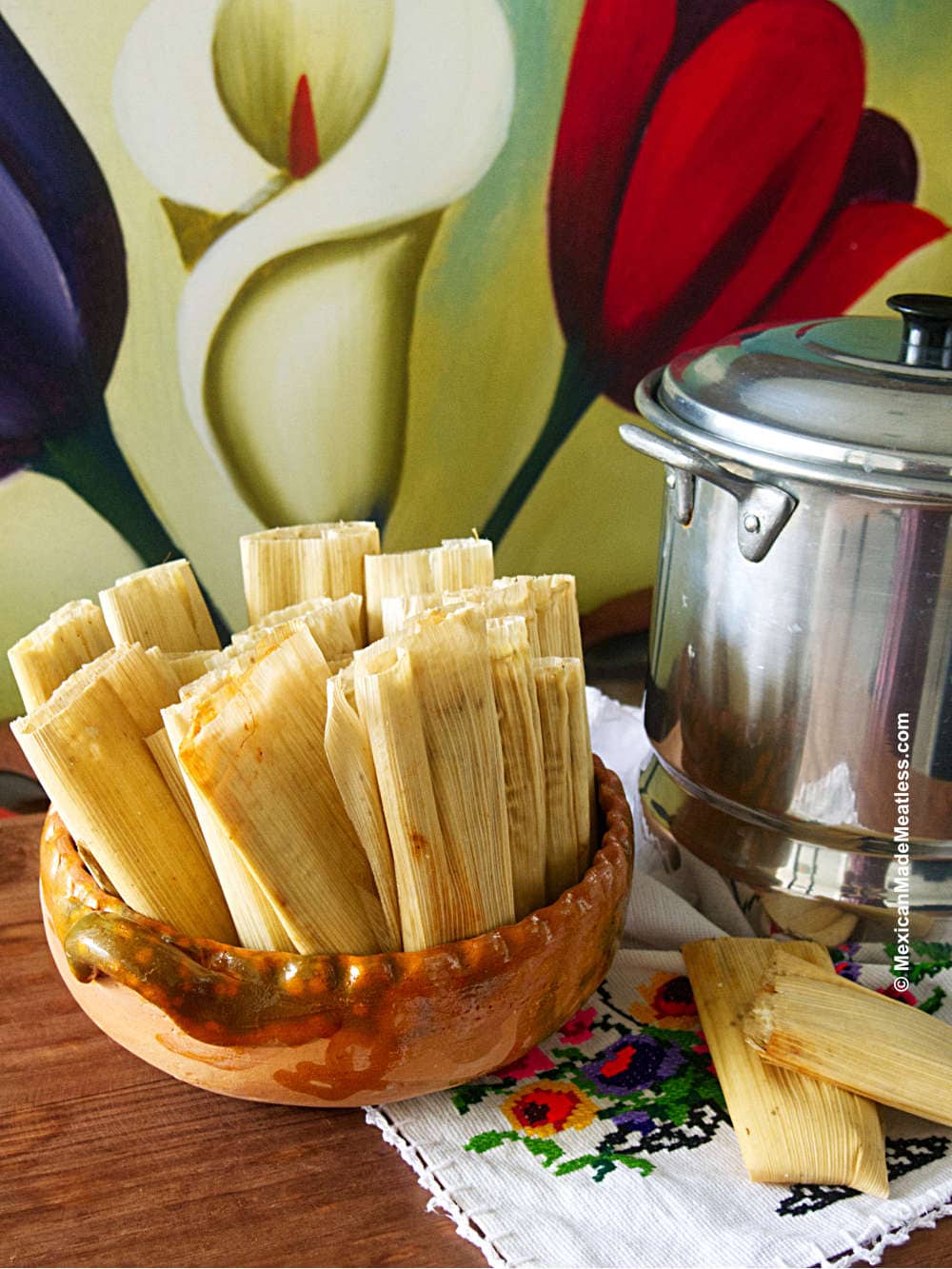
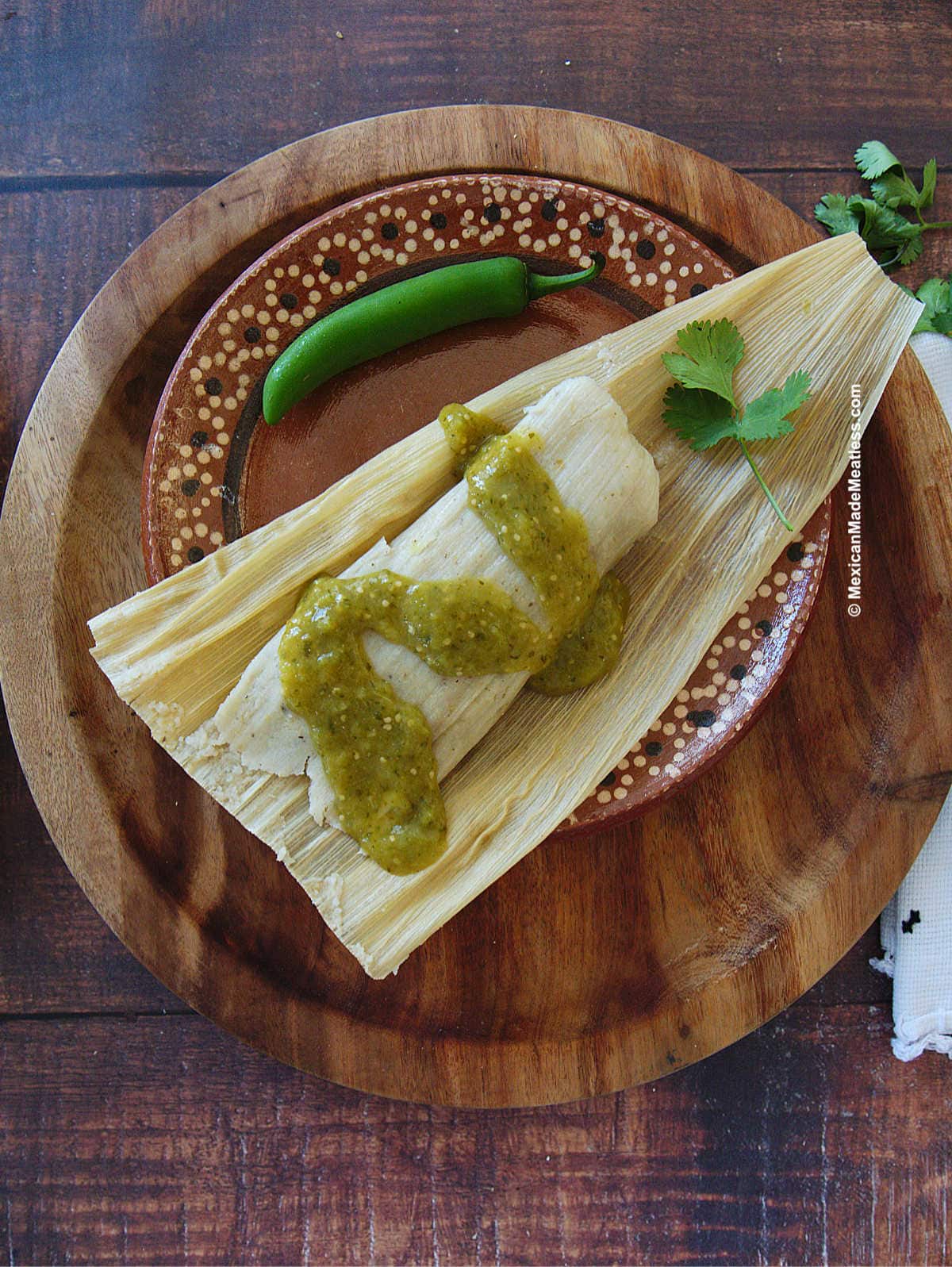
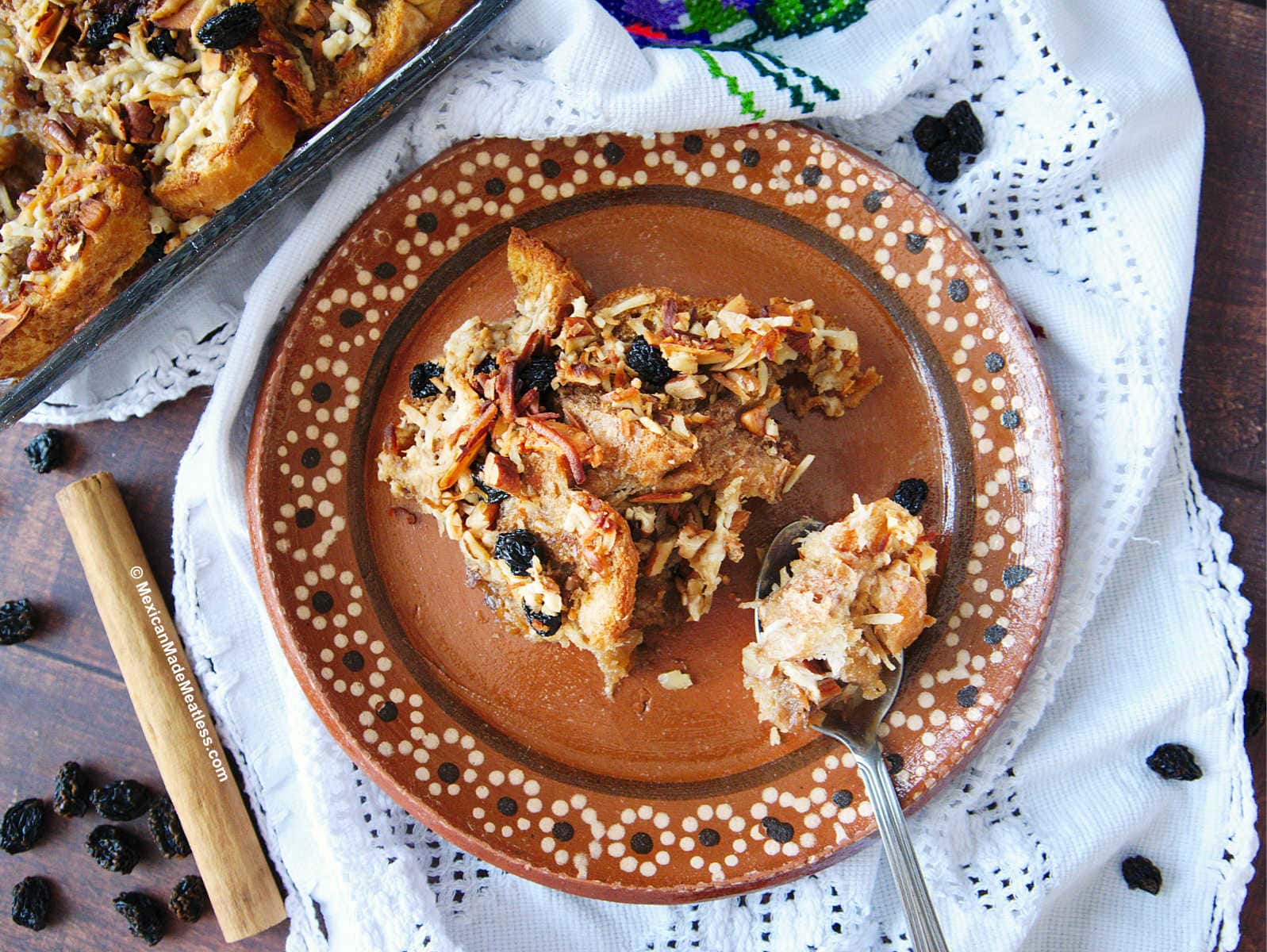

Mine would not float. I tried separating some and adding broth and mixed it longer and nothing. I added more fat and nothing. I added more baking powder and nothing. I mixed for an hour and a half with a hand mixer and with a stand mixer. I tried remaking the masa with different lard and mixed with shortening and nothing. After hours and hours I gave up and just used the masa. I’m so disappointed
Hi Vee!
That is disappointing, I wonder what went wrong because this is the first time that anyone has ever told me their masa didn’t float with my recipe. Let’s see if we can figure out what went wrong.
Can I ask what type of masa did you use?
For future reference (as stated in my article) if the masa doesn’t float it won’t ruin your tamales. The masa will just feel a bit more dense. In these cases I suggest simply making sure the masa is well hydrated and that you don’t spread a thick layer on the corn husks so the tamales don’t end up feeling too dense.